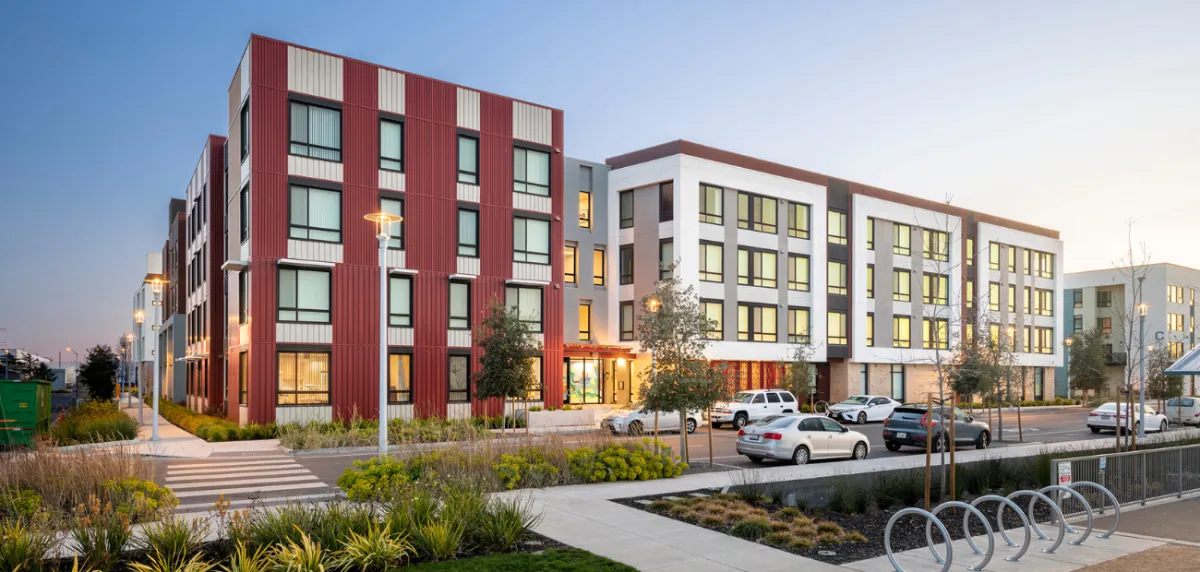About six-weeks into the pandemic, leasing activity returned to normal levels, but the leasing process has changed.
The pandemic immediately impacted apartment leasing activity, but about six-weeks into the pandemic, leasing activity rebounded to normal levels. Quarantine, distance learning and work-from-home policies encouraged people to move to more accommodating homes, driving leasing demand. However, the leasing process has changed since the onset of the pandemic, and those changes—virtual leasing—will take longer to return to normal.
“At the outset of the pandemic, as people adjusted to stay-at-home orders and physical distancing mandates across a number of U.S. states, our early data suggested a significant decrease in lead volume,” Stacy Holden, industry principal and director at AppFolio, tells GlobeSt.com. “However, after about six weeks, leasing activity largely rebounded to expected levels—there are geographic differences as the timing of the impacts of the pandemic vary, but people still want to move to places that meet their needs. In fact, one could argue that the experience of quarantining at home for so many months has led many renters to seek out their next home, eager to get a change of scenery or something better suited for their new normal.”
In addition to changes in lifestyle, like work-from-home and remote learning, which created demand for larger spaces, many people also had the flexibility to move further away from work to more affordable markets. This trend, again, drove leasing activity. “With many people having had the ability to work remotely this year, the need to live close to the office may have diminished for some,” says Holden. “Without it, it may have encouraged some people to find homes in less densely populated areas, outside of urban centers, ultimately increasing leasing demand in the suburbs and decreasing it in major cities. Additionally, urban areas that are home to many colleges and universities are seeing increased vacancies due to students not coming physically back to school this semester.”
However, it is more challenging to lease units today than it has been in the past. “Pandemic or not, vacancies will always occur. The problem is not that units are sitting on the market without movement—the demand is still there in many regions—the problem so far is that it is simply harder to move the leasing process forward in a remote reality,” says Holden. “But in any case, now is the time for property managers to prepare their operations to succeed in any market conditions.”
This change in the leasing process has been more of a disruptor than the abrupt drop in leasing activity at the start of the pandemic. “Leasing has always been an in-person process, so the shift to physical distancing is a major disruptor to the way the industry has historically converted leads into new residents,” says Holden. “This is the biggest trend in leasing during the pandemic—a monumental shift to conducting leasing activity virtually. It is also a trend that we actually anticipate remaining for the long term, given the flexibility and convenience it provides prospective residents and leasing agents alike.”











